| Product model | JFTSM-SFP+16-85-01(SR)-LCD | Manufacturer brand | JFOPT |
| Package type | SFP+ | Optical connector | LC duplex |
| Max data rate | 14.025Gbps | Channel data rate | 14.025Gbps |
| Effective transmission distance(OM3) | 100m | ||
| Wavelength | 850nm | Operating voltage | 3.3V |
| Fiber type | MMF | Core size | 50/125 |
| Transmitter type | VCSEL | Receiver type | IDP |
| TX power | -7.8dBm | Receiver sensitivity | -10.5dBm |
| Digital optical monitoring(DOM) | YES | Receiver overload | -0dBm |
| Power consumption | <1.0W | Protocols | MSA SFP+ SFF-8431 |
| Operating temperature(Commercial) | 0℃~+70℃ | Storage temperature(Commercial) | -40℃~+85℃ |
| Operating temperature(Extended) | 0℃~+85℃ | Storage temperature(Industrial) | -40℃~+85℃ |
JFOPT continues to invest in optical transceiver production, covering a full range of optical transceiver such as 1*9, SFP, 10G, 25G, 100G, 200G, 400G, 800G GPON/EPON/XG/XGSPON OLT transceiver. At the same time, our company provides TOSA, ROSA, BOSA semi-finished device solutions for the downstream peer. JFOPT's production line has a daily production capacity of 10,000 optical transceivers and 20,000 optical devices. In addition, JFOPT's optical transceiver have industry-leading high temperature resistance and anti-interference capability, and are widely used in computing centers, operators, traffic security, power facilities and other industries.
The JFOPT SFP+ 16G 850nm 100m SR LC DX series multi-mode transceiver is an SFP+ module designed for duplex optical data communications at speeds up to 14.025G. Equipped with a 20-pin SFP+ connector, it supports hot-plug capability, and offers digital diagnostic functions via an I2C interface. This module is optimized for multi-mode fiber and operates at a nominal wavelength of 850nm. The transmitter uses a Vertical Cavity Surface Emitting Laser (VCSEL), compliant with Class 1 laser safety standards under IEC 60825. The receiver section features an integrated GaAs detector preamplifier (IDP) within an optical header, along with a limiting post-amplifier IC for efficient signal processing.

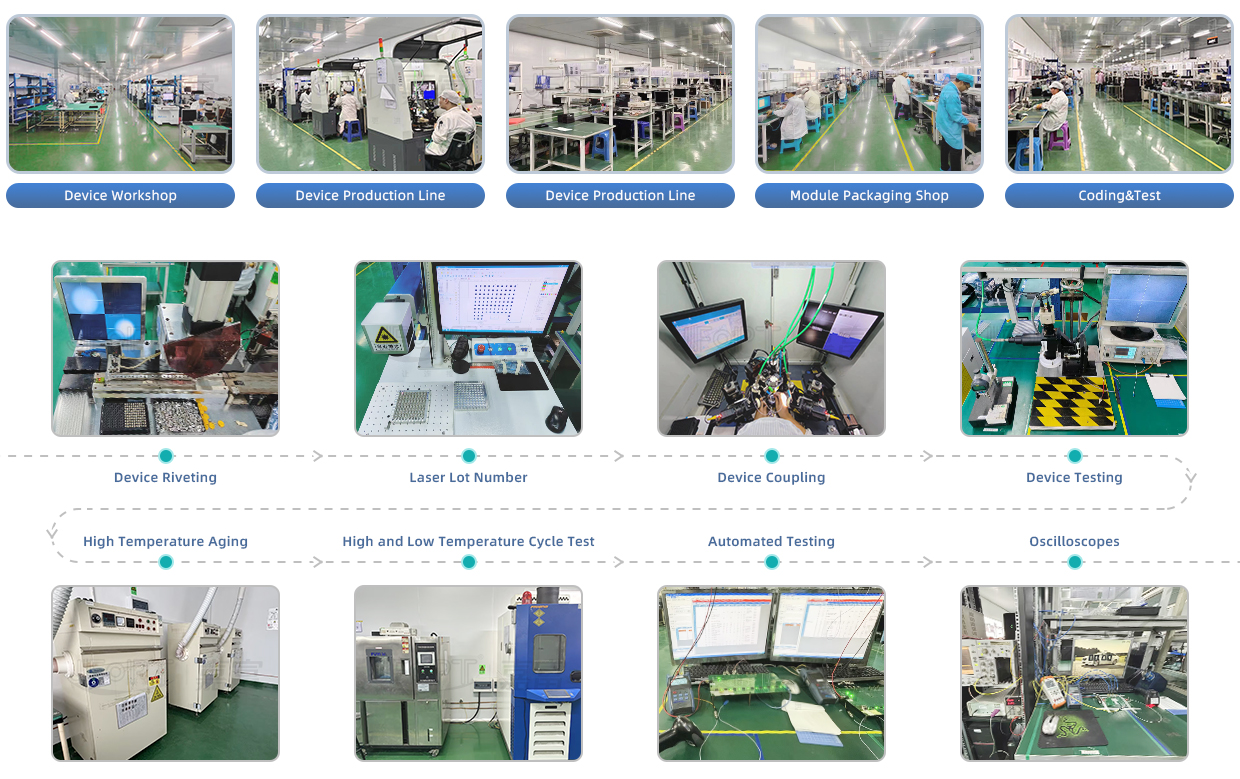
| Operating data rate up to 14.025Gb/s | 850nm VCSEL laser transmitter | ||||||||
| Distance up to 100m @ OM3 MMF | Single 3.3V power supply and TTL logic interface | ||||||||
| Duplex LC connector interface, hot pluggable | Built-in dual CDR | ||||||||
| Power dissipation < 1.0W |
Operating case temperature
Standard: 0℃~+70℃
Extended: 0℃~+85℃
|
| Tri-rate 4.25/8.5/14.025 Gb/s fibre channel | Other optical link |

| Part No. | Data rate | Laser | Power budget | Distance | Temp. | CDR | DDMI | ||
| JFTSM-SFP+16-85-01(SR)-LCD | 14.025Gbps | 850nm VCSEL | MMF | 100m | Standard | Yes | Yes | ||
| Extended | |||||||||
| Parameter | Symbol | Min. | Max. | Unit | |||||
| Storage temperature | Ts | -40 | +85 | °C | |||||
| Supply voltage | Vcc | -0.5 | 3.6 | V | |||||
| Input voltage | Vin | -0.5 | Vcc | V | |||||
| Output current | Io | - | 50 | mA | |||||
| Parameter | Symbol | Min. | Typical | Max. | Units | ||||
| Case operating temperature | TC | JFTSM-SFP+16-85-01(SR)-LCD | 0 | - | 70 | °C | |||
| 0 | - | 85 | |||||||
| Power supply voltage | Vcc | 3.15 | 3.3 | 3.45 | V | ||||
| Power supply current | Icc | - | - | 300 | mA | ||||
| Surge current | ISurge | - | - | +30 | mA | ||||
| Data rate | - | - | 14.025 | - | Gbps | ||||
| Parameter | Symbol | Min. | Typ. | Max | Unit | Notes | |||
Transmitter |
|||||||||
| CML inputs(Differential) | Vin | 150 | - | 1200 | mVpp | AC coupled inputs | |||
| Input impedance (Differential) | Zin | 90 | 100 | 110 | ohms | Rin > 100 kohms @ DC | |||
| Tx_DISABLE input voltage - high | - | 2 | - | Vcc+0.3 | V | - | |||
| Tx_DISABLE input voltage - low | - | 0 | - | 0.8 | V | - | |||
| Tx_FAULT output voltage- high | - | 2 | - | Vcc+0.3 | V | Io = 400µA; Host Vcc | |||
| Tx_FAULT output voltage- low | - | 0 | - | 0.8 | V | Io = -4.0Ma | |||
Receiver |
|||||||||
| CML outputs (Differential) | Vout | 350 | - | 700 | mVpp | AC coupled outputs | |||
| Output impedance (Differential) | Zout | 90 | 100 | 110 | ohms | - | |||
| Rx_LOS output voltage - high | - | 2.4 | - | Vcc+0.3 | V | lo = 400µA;host Vcc | |||
| Rx_LOS output voltage - low | - | 0 |
-
|
0.4
|
V | lo = -4.0Ma | |||
| MOD_DEF ( 0:2 ) | VoH | 2.5 | - | - | V | With serial ID | |||
| VoL | 0 | - | 0.5 | V | |||||
| Parameter |
Symbol
|
Min. | Typical |
Max.
|
Unit | ||||
| OM3 MMF | - | - | 100 | - | m | ||||
| Data rate | - | - | 14.025 | - | Gbps | ||||
Transmitter |
|||||||||
| Centre wavelength | λC | 840 | 850 | 860 | nm | ||||
| Spectral width (RMS) | Δλ | - | - | 0.59 | nm | ||||
| Average output power | Pout | -7.8 | - | - | dBm | ||||
| Extinction ratio | ER | 3.0 | 5.0 | - | dB | ||||
| Transmitter dispersion penalty | TDP | - | - | 4.3 | dB | ||||
| Input differential impedance | ZIN | 90 | 100 | 110 | Ω | ||||
| TX disable | Disable | - | 2.0 | - | Vcc+0.3 | V | |||
| Enable | 0 | - | 0.8 | ||||||
| TX_fault | Fault | - | 2.4 | - | Vcc+0.3 | V | |||
| Normal | 0 | - | 0.4 | ||||||
| TX_disable assert time RIN | t_off | - | - | 10 | us | ||||
| TX_DISABLE negate time | t_on | - | - | 1 | ms | ||||
| TX_BISABLE time to start reset | t_reset | 10 | - | - | us | ||||
| Time to initialize, include reset of TX_FAULT | t_init | - | - | 300 | ms | ||||
| TX_FAULT from fault to assertion | t_fault | - | - | 100 | us | ||||
Receiver |
|||||||||
| Centre wavelength | λC | 840 | 850 | 860 | nm | ||||
| Receiver sensitivity @14.025G | Pmin | - | - | -10.5 | dBm | ||||
| Receiver sensitivity @8.5G | Pmin | - | - | -11 | dBm | ||||
| Receiver sensitivity @4.25G | Pmin | - | - | -12 | dBm | ||||
| Output differential impedance | RIN | 90 | 100 | 110 | Ω | ||||
| Receiver overload | Pmax | 0 | - | - | dBm | ||||
| Optical return loss | ORL | - | - | -12 | Db | ||||
| LOS de-assert | LOSD | - | - | -12.5 | dBm | ||||
| LOS assert | LOSA | -25 | - | - | dBm | ||||
| LOS hysteresis | - | 0.5 | - | - | Db | ||||
| LOS | High | - | 2.4 | - | VCC+0.3 | V | |||
| Low | - | 0 | - | 0.4 | |||||
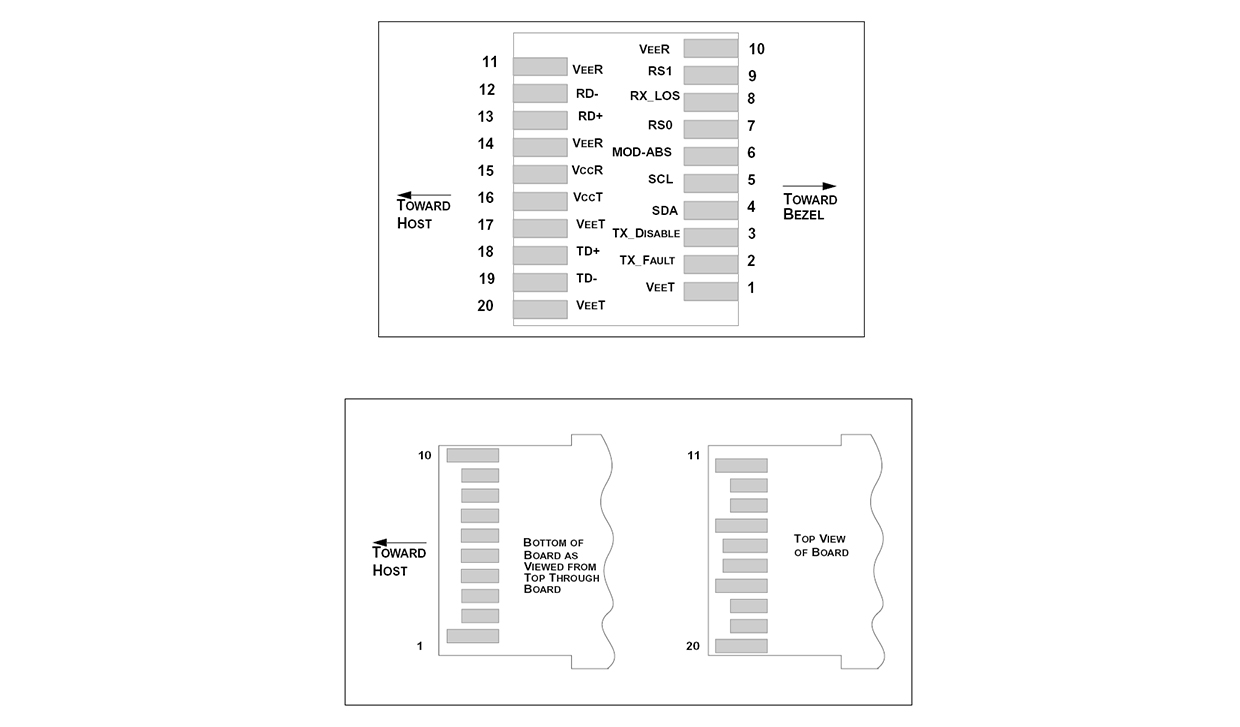
| Pin Num. | Name | Function | Plug Seq. | Notes | |||||
| 1 | VeeT | Transmitter ground | 1 | Note 5 | |||||
| 2 | TX Fault | Transmitter fault indication | 3 | Note 1 | |||||
| 3 | TX Disable | Transmitter disable | 3 | Note 2, module disables on high or open | |||||
| 4 | SDA | Module definition 2 | 3 | Data line for serial ID | |||||
| 5 | SCL | Module definition 1 | 3 | Clock line for serial ID. | |||||
| 6 | MOD_ABS | Module definition 0 | 3 | Note 3 | |||||
| 7 | RS0 | RX rate select(LVTTL). | 3 | Open or low = 8.5 or 4.25 Gb/s fibre channel(low bandwidth) High =14.025 Gb/s fibre channel (high bandwidth) |
|||||
| 8 | LOS | Loss of signal | 3 | Note 4 | |||||
| 9 | RS1 | TX rate select(LVTTL). | 1 | Open or low = 8.5 or 4.25 Gb/s fibre channel(low bandwidth) High =14.025 Gb/s fibre channel (high bandwidth) |
|||||
| 10 | VeeR | Receiver ground | 1 | Note 5 | |||||
| 11 | VeeR | Receiver ground | 1 | Note 5 | |||||
| 12 | RD- | Inv. received data out | 3 | Note 6 | |||||
| 13 | RD+ | Received data out | 3 | Note 6 | |||||
| 14 | VeeR | Receiver ground | 1 | Note 5 | |||||
| 15 | VccR | Receiver power | 2 | 3.3V ± 5%, Note 7 | |||||
| 16 | VccT | Transmitter power | 2 | 3.3V ± 5%, Note 7 | |||||
| 17 | VeeT | Transmitter ground | 1 | Note 5 | |||||
| 18 | TD+ | Transmit data in | 3 | Note 8 | |||||
| 19 | TD- | Inv. transmit data in | 3 | Note 8 | |||||
| 20 | VeeT | Transmitter ground | 1 | Note 5 | |||||
Notes:
1) TX Fault is an open collector/drain output, which should be pulled up with a 4.7K – 10KΩ resistor on the host board. Pull up voltage between 2.0V and VccT/R+0.3V. When high, output indicates a laser fault of some kind. Low indicates normal operation. In the low state, the output will be pulled to < 0.8V.
2) TX disable is an input that is used to shut down the transmitter optical output. It is pulled up within the module with a 4.7K – 10 KΩ resistor. Its states are:
Low (0 – 0.8V): Transmitter on
(>0.8, < 2.0V): Undefined
High(2.0 – 3.465V): Transmitter Disabled
Open: Transmitter Disabled
3) Module Absent, connected to VeeT or VeeR in the module.
4) LOS (Loss of Signal) is an open collector/drain output, which should be pulled up with a 4.7K – 10KΩ resistor. Pull up voltage between 2.0V and VccT/R+0.3V. When high, this output indicates the received optical power is below the worst-case receiver sensitivity (as defined by the standard in use). Low indicates normal operation. In the low state, the output will be pulled to < 0.8V.
5) The module signal ground contacts, VeeR and VeeT, should be isolated from the module case.
6) RD-/+: These are the differential receiver outputs. They are AC coupled 100Ω differential lines which should be terminated with 100Ω (differential) at the user SERDES. The AC coupling is done inside the module and is thus not required on the host board. The voltage swing on these lines will be between 350 and 700 mV differential (175 –350 mV single ended) when properly terminated.
7) VccR and VccT are the receiver and transmitter power supplies. They are defined as 3.3V ±5% at the SFP+ connector pin. Maximum supply current is 430mA. Recommended host board power supply filtering is shown below. Inductors with DC resistance of less than 1 ohm should be used in order to maintain the required voltage at the SFP+ input pin with 3.3V supply voltage. When the recommended supply-filtering network is used, hot plugging of the SFP+ transceiver module will result in an inrush current of no more than 30mA greater than the steady state value. VccR and VccT may be internally connected within the SFP+ transceiver module.
8) TD-/+: These are the differential transmitter inputs. They are AC-coupled, differential lines with 100Ω differential termination inside the module. The AC coupling is done inside the module and is thus not required on the host board. The inputs will accept differential swings of 150 – 1200 mV (75 – 600mV single-ended).


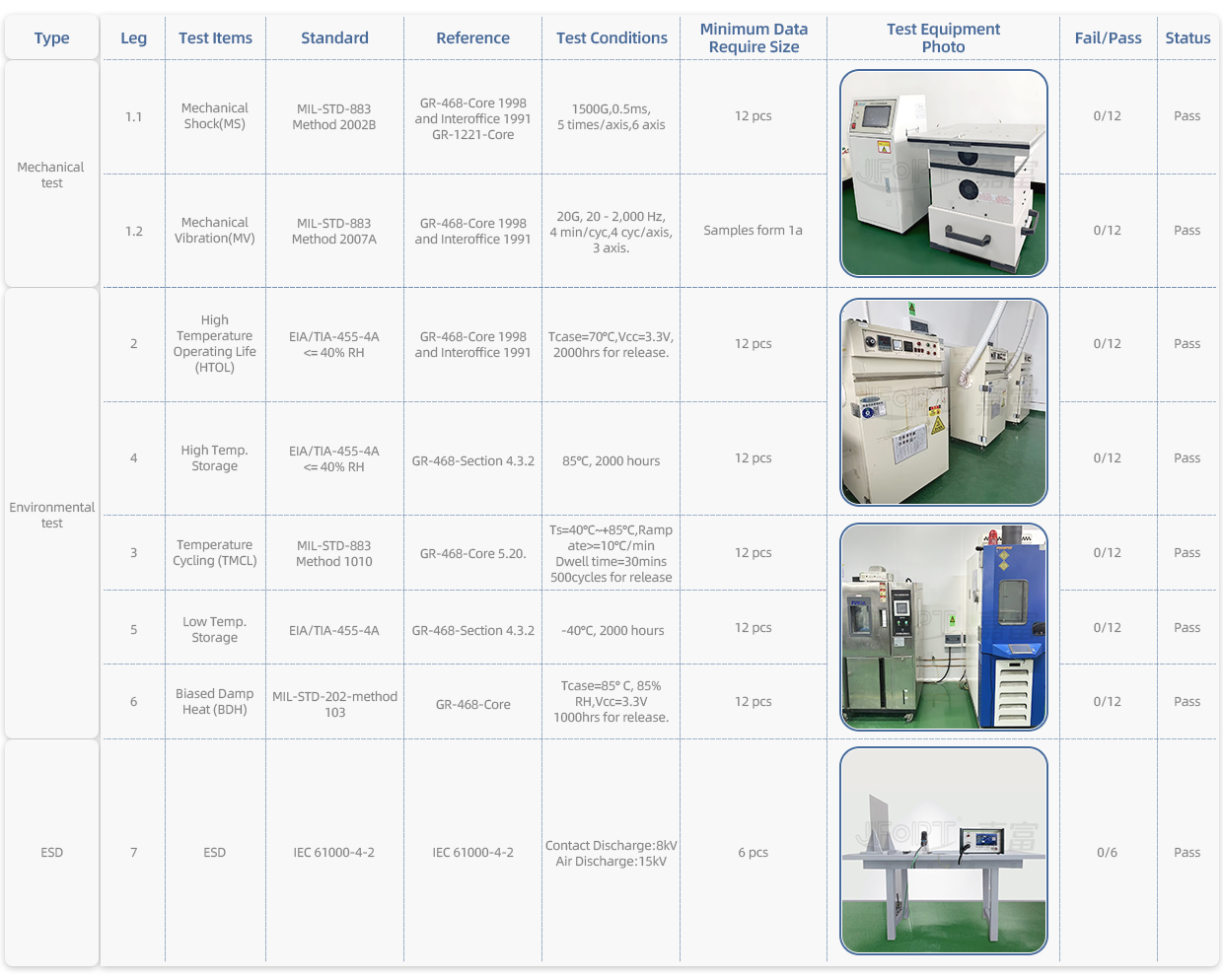


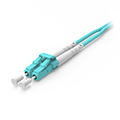
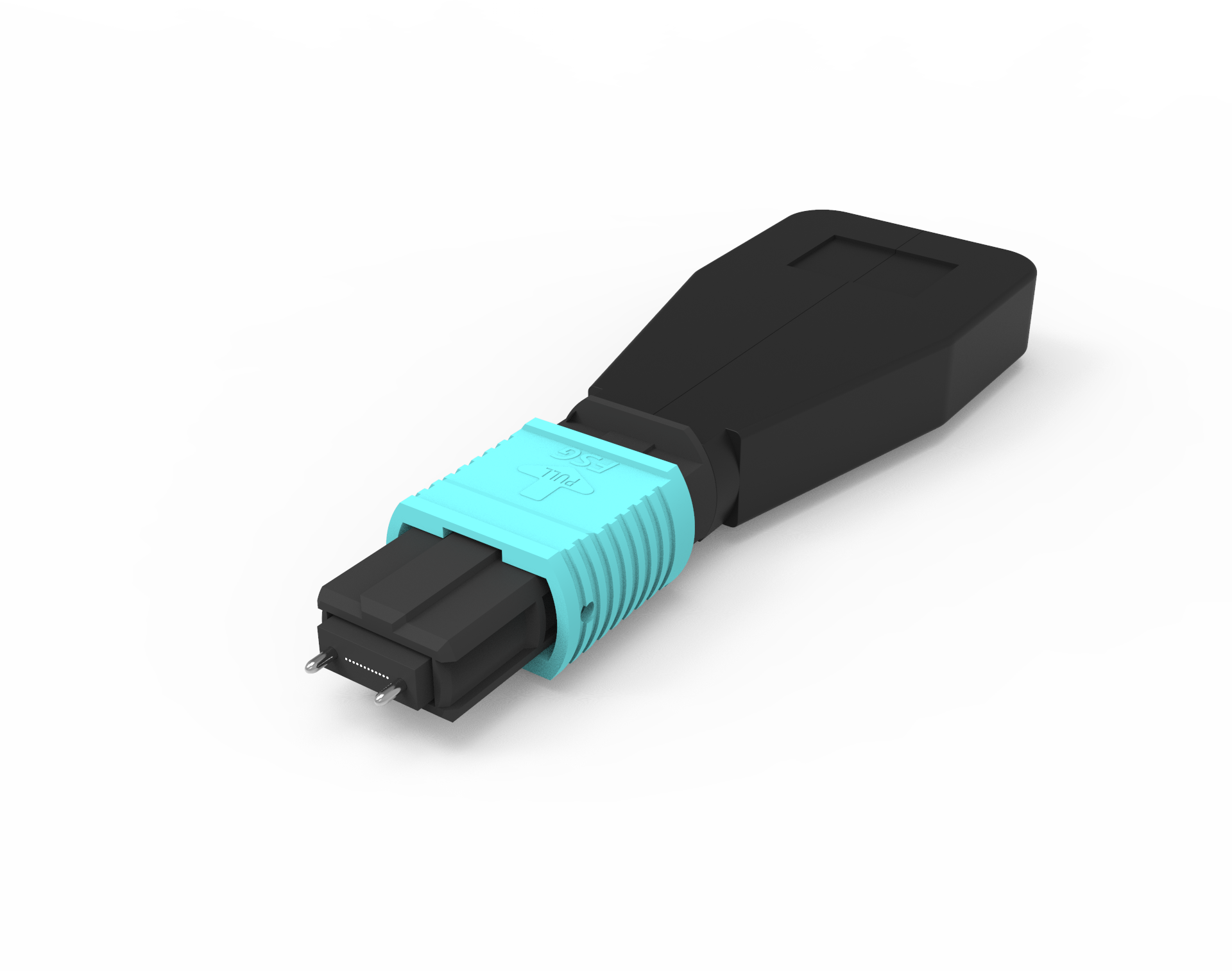
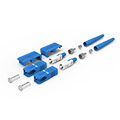




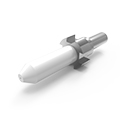
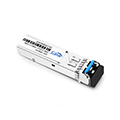

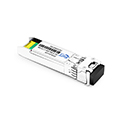
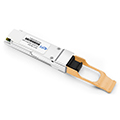
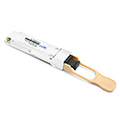

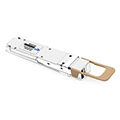
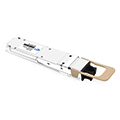
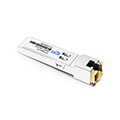
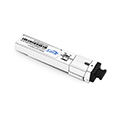
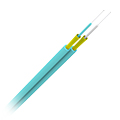
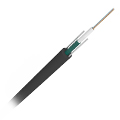
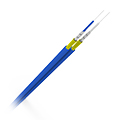
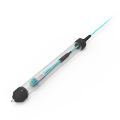

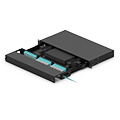
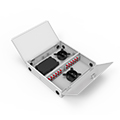

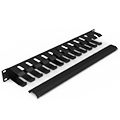
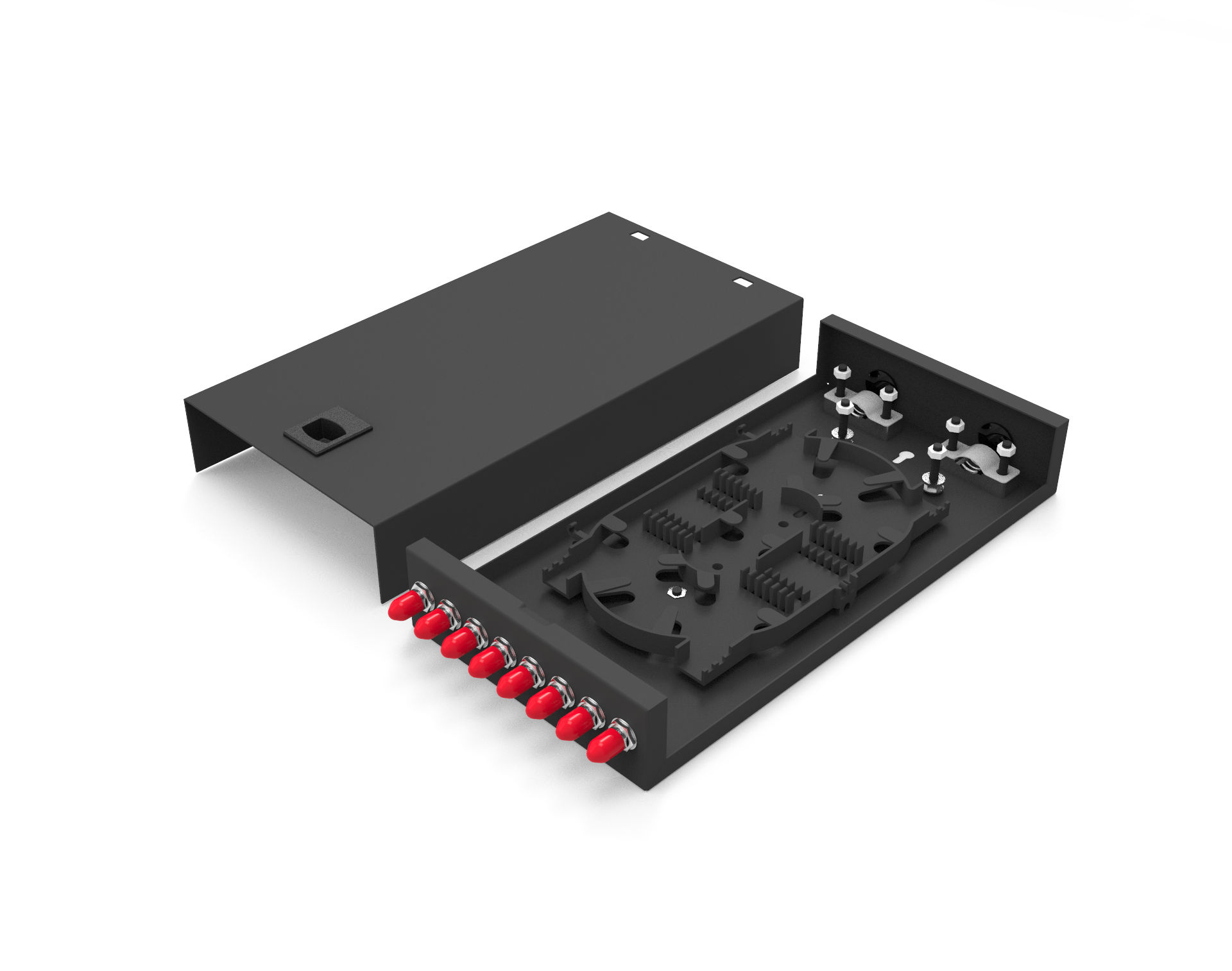
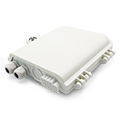
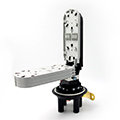
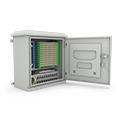

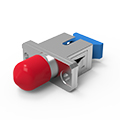
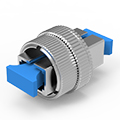
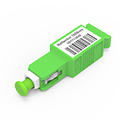
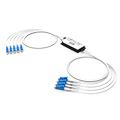
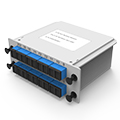
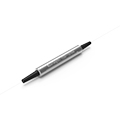
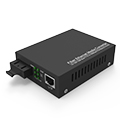
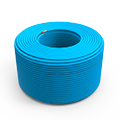
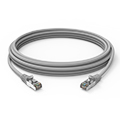
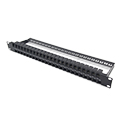
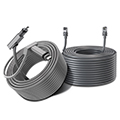
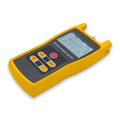
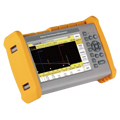
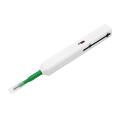
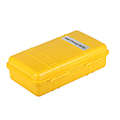
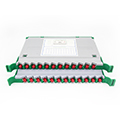
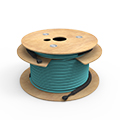


















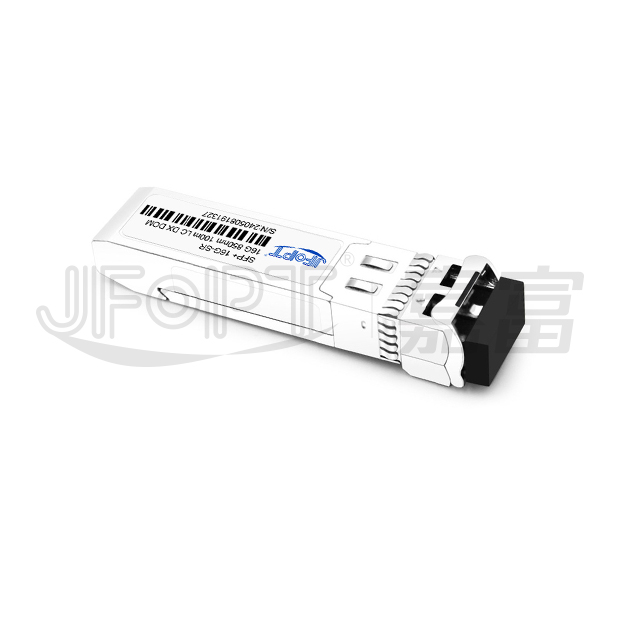

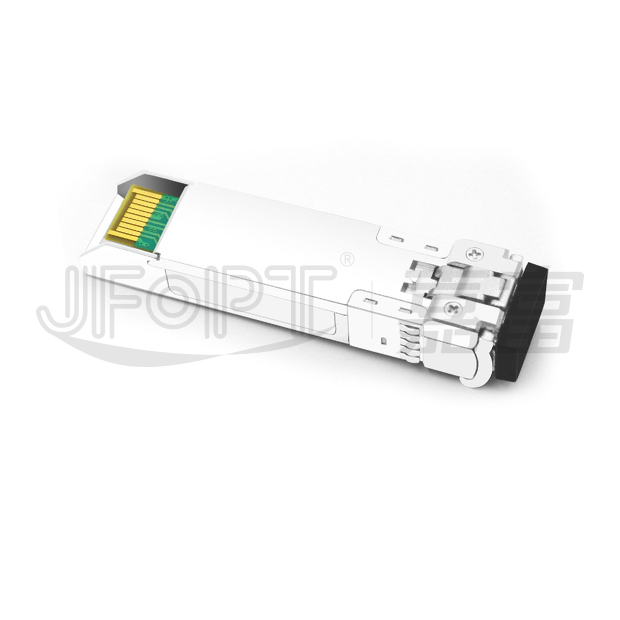
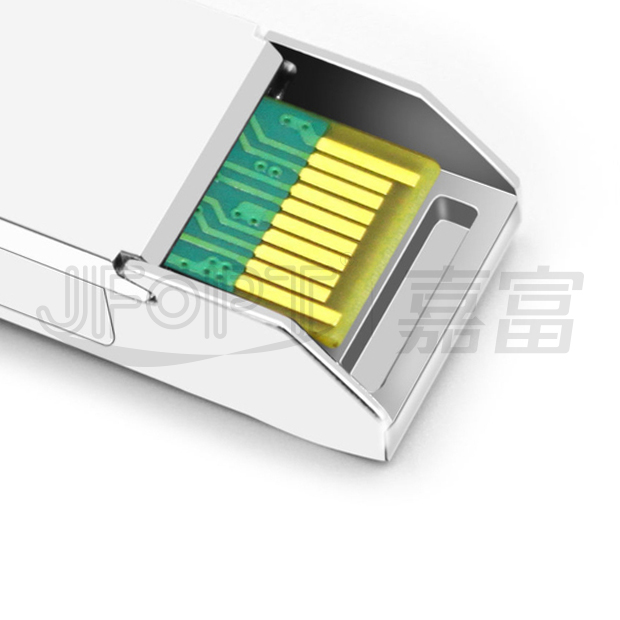
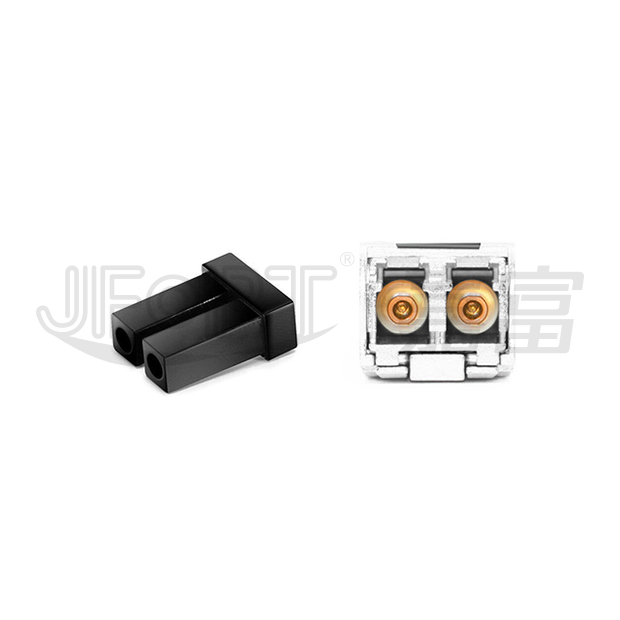

 Ann
Ann












